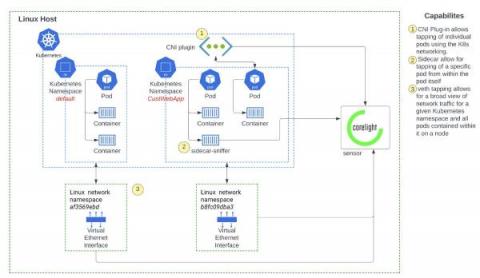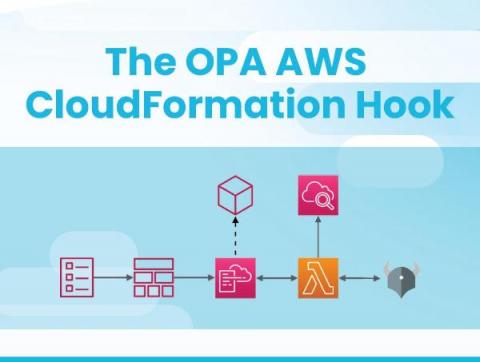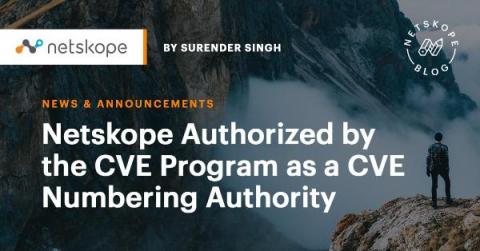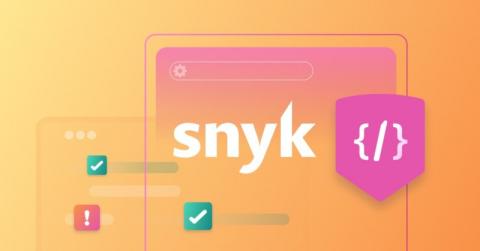Data is Everywhere and Encryption Must Follow: Why You Need EDRM
It is becoming increasingly difficult to guarantee a safe boundary for your sensitive data. As work-from-anywhere cements, employees are now collaborating freely with each other, with contractors and with partners. But this freedom to collaborate more broadly also means information is being shared among devices, applications and networks that your organization doesn't necessarily have control over.











